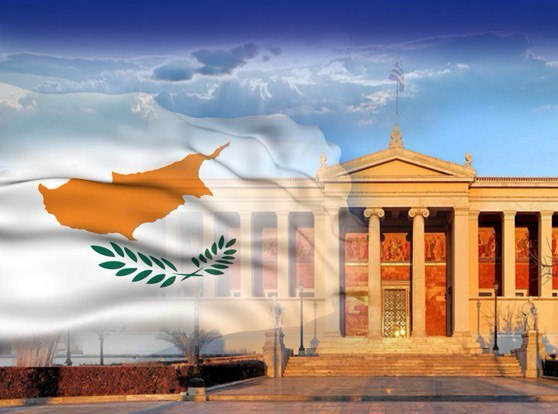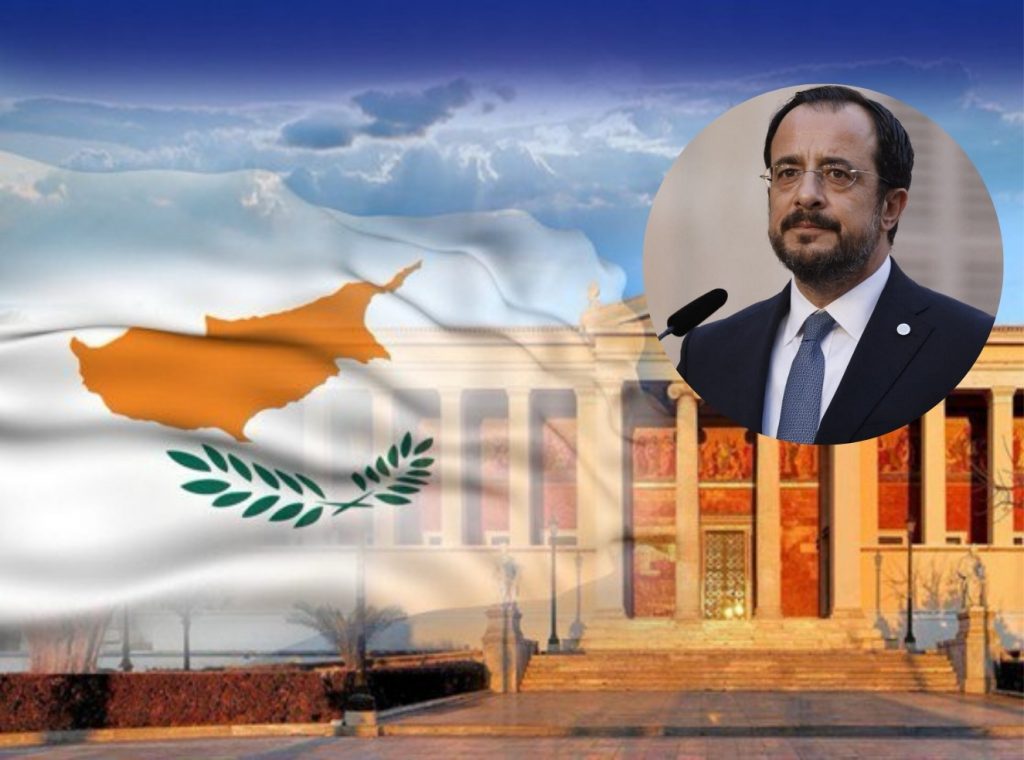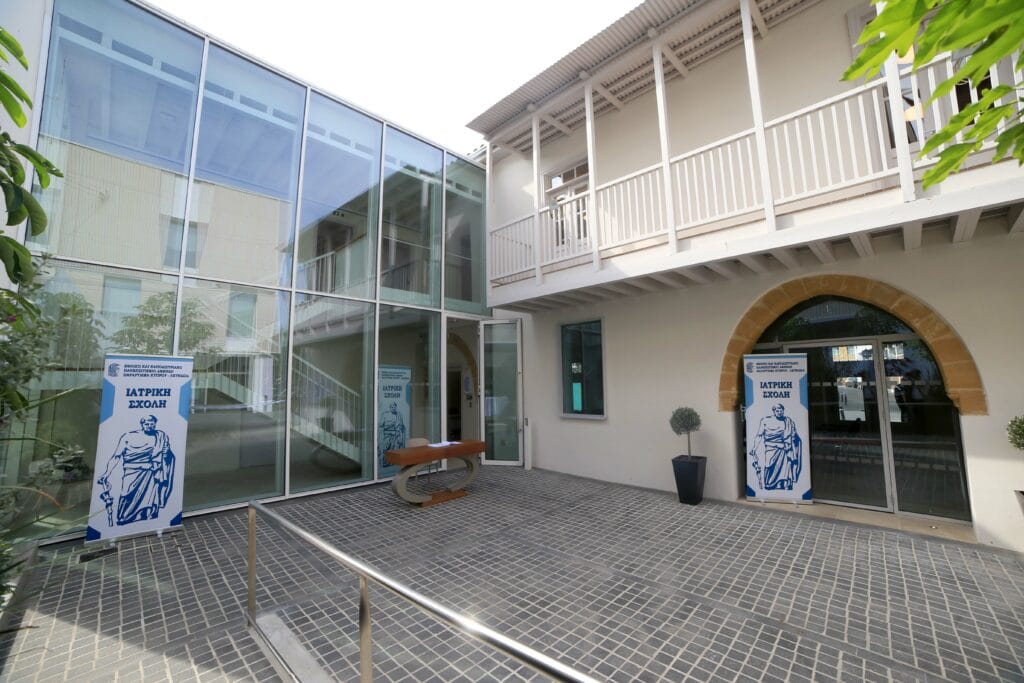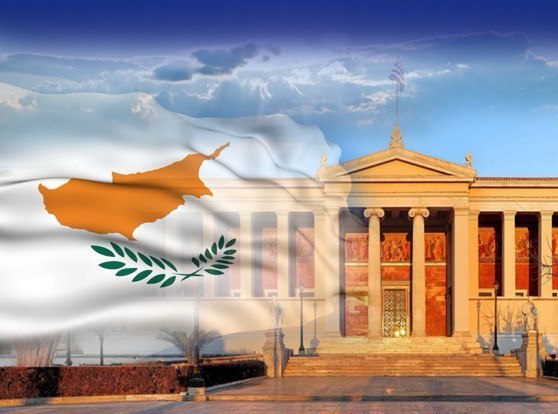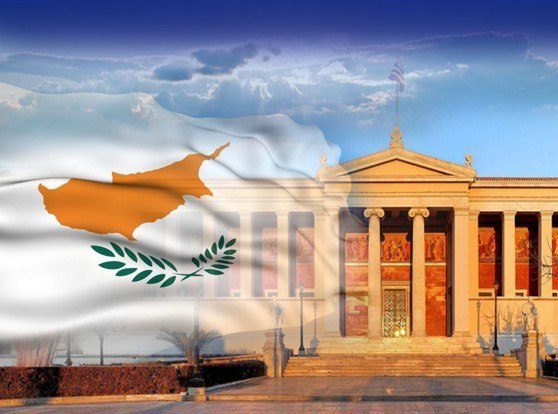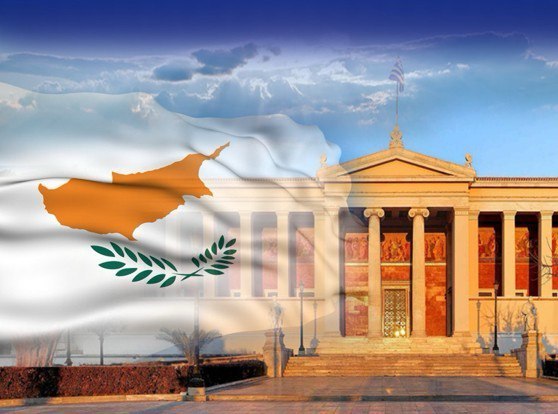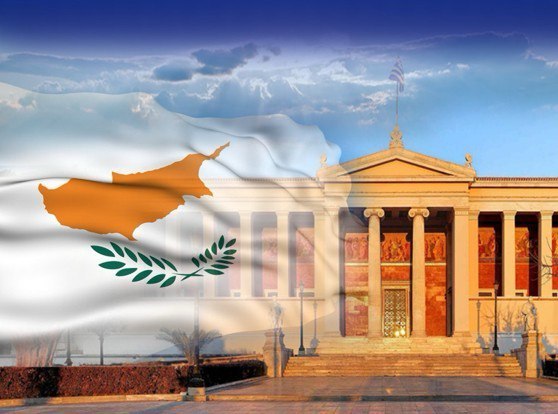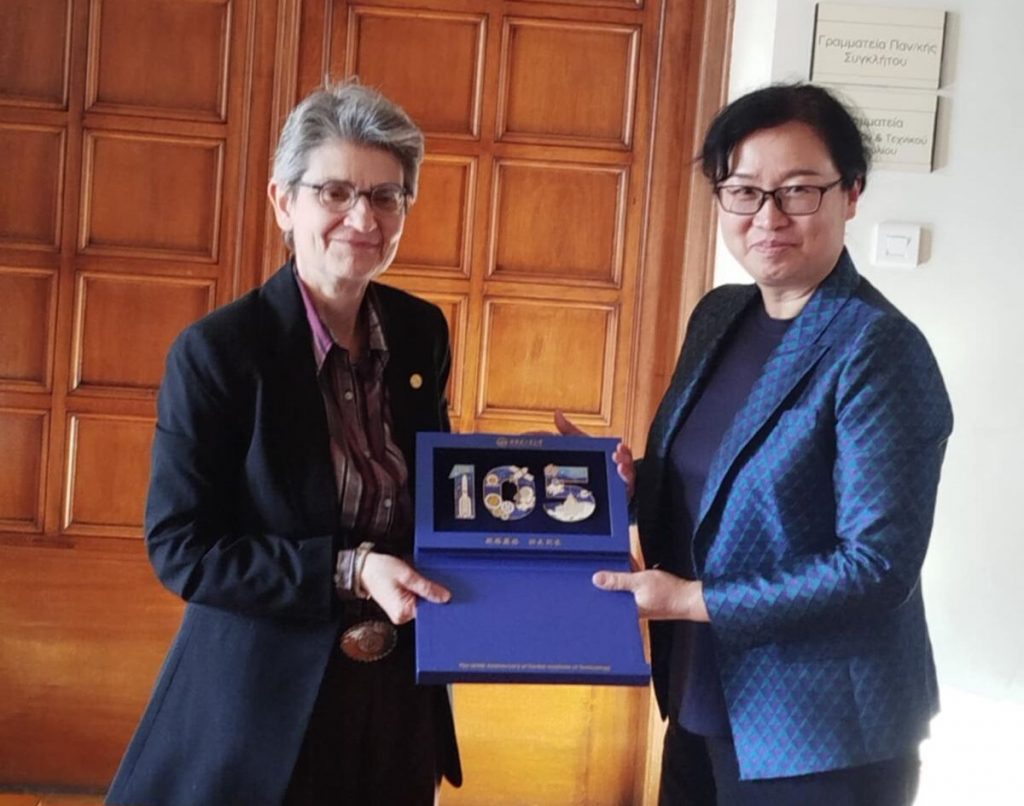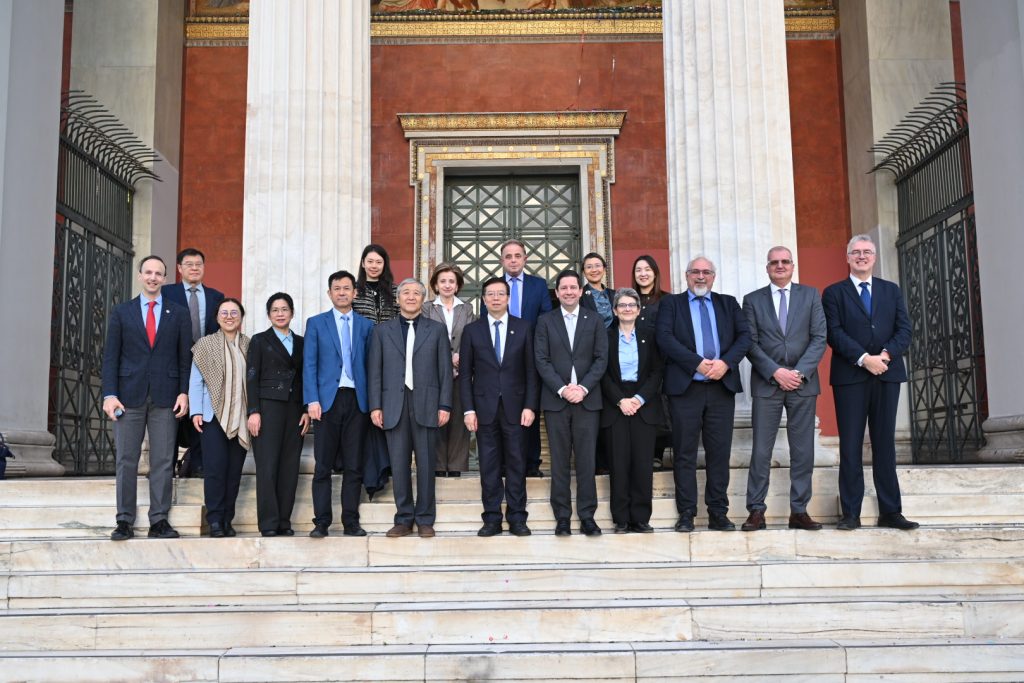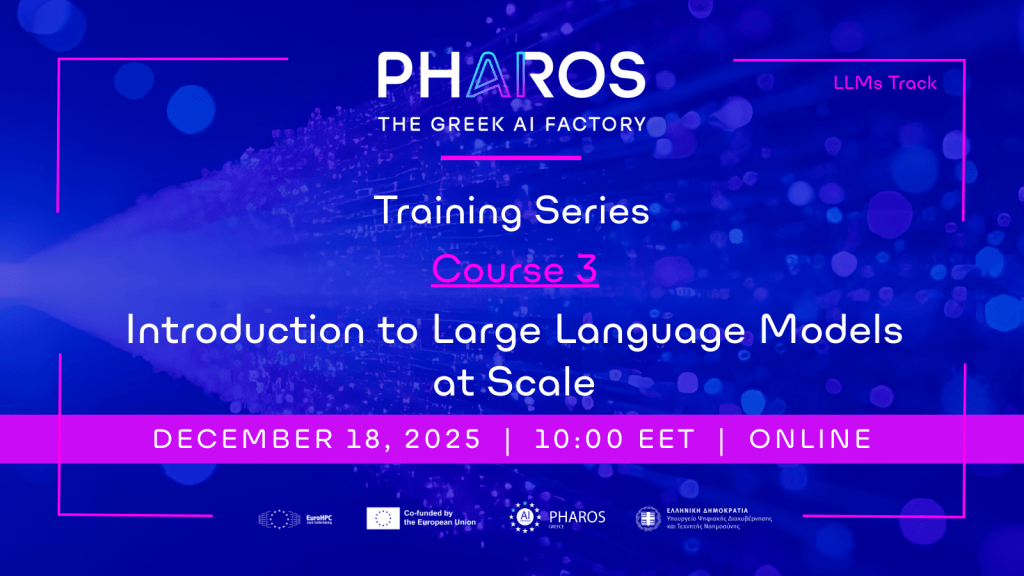On Tuesday, 22 December 2022, the Ambassador of the Republic of Korea to the Hellenic Republic, Mr Jung Il Lee, accompanied by the Consul, Mr Young Hyun Kim, visited the NKUA Foreign Language Teaching Centre. He met with Professor Dimitrios Karadimas, Vice-Rector for Academic and Student Affairs and President of the Foreign Language Teaching Centre, and Mr Georgios Floudas, Head of the Centre’s Office. The two men informed the Ambassador about the Korean language courses provided by the Foreign Language Teaching Centre, as well as the number of Korean language learners at each level of competence.

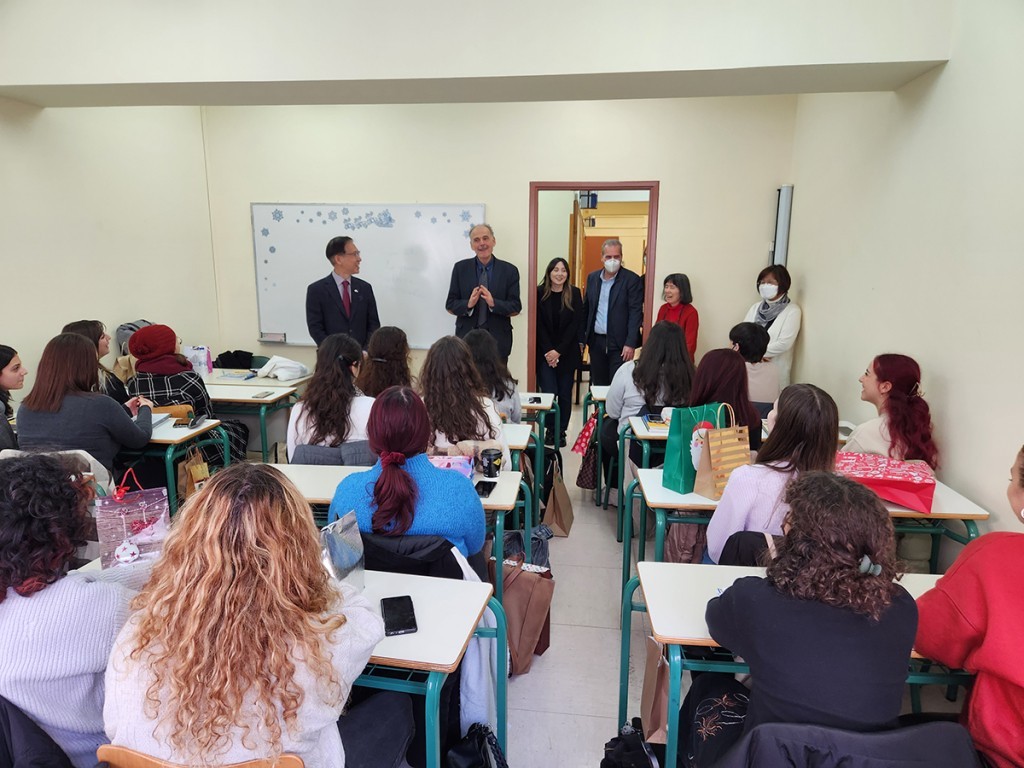
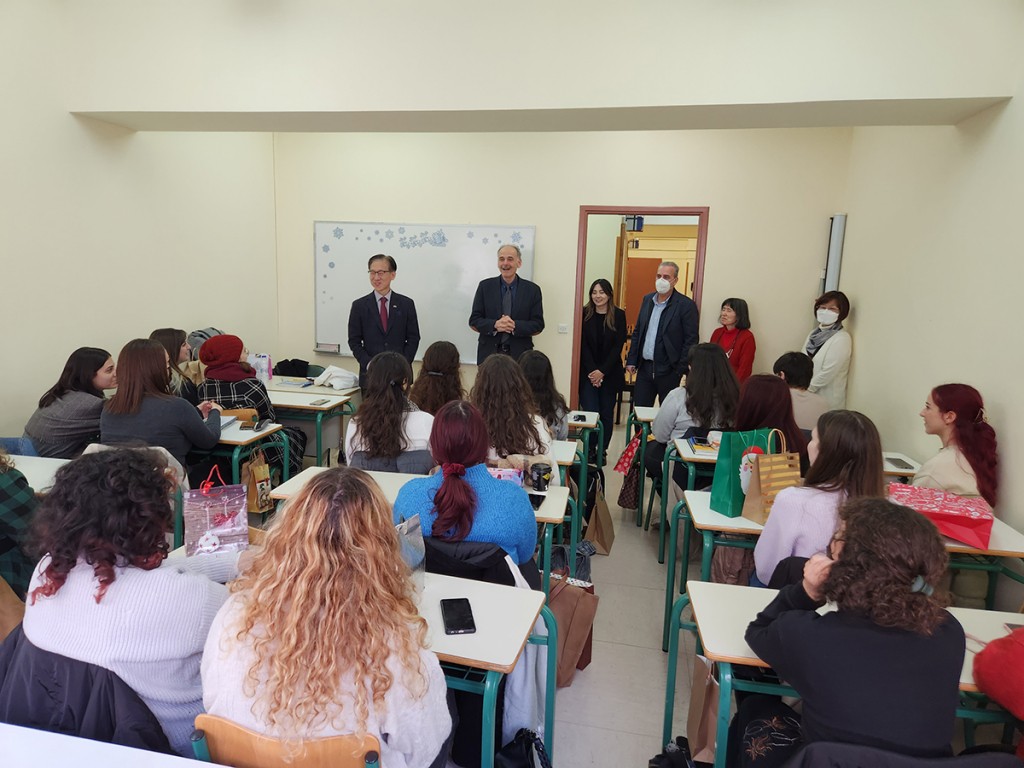
The Vice-Rector thanked the Ambassador for his cooperation and interest in expanding the Korean language curriculum at the NKUA Foreign Language Teaching Centre. Additionally, he stressed the Embassy’s important role in strengthening teaching standards by, on the one hand, enriching the Korean library at the Centre and, on the other, growing the already sizeable number of people who are interested in learning Korean.
During his visit, the Ambassador spoke with the teachers and greeted the Korean language learners, wishing them a joyous holiday season and a prosperous New Year 2023.
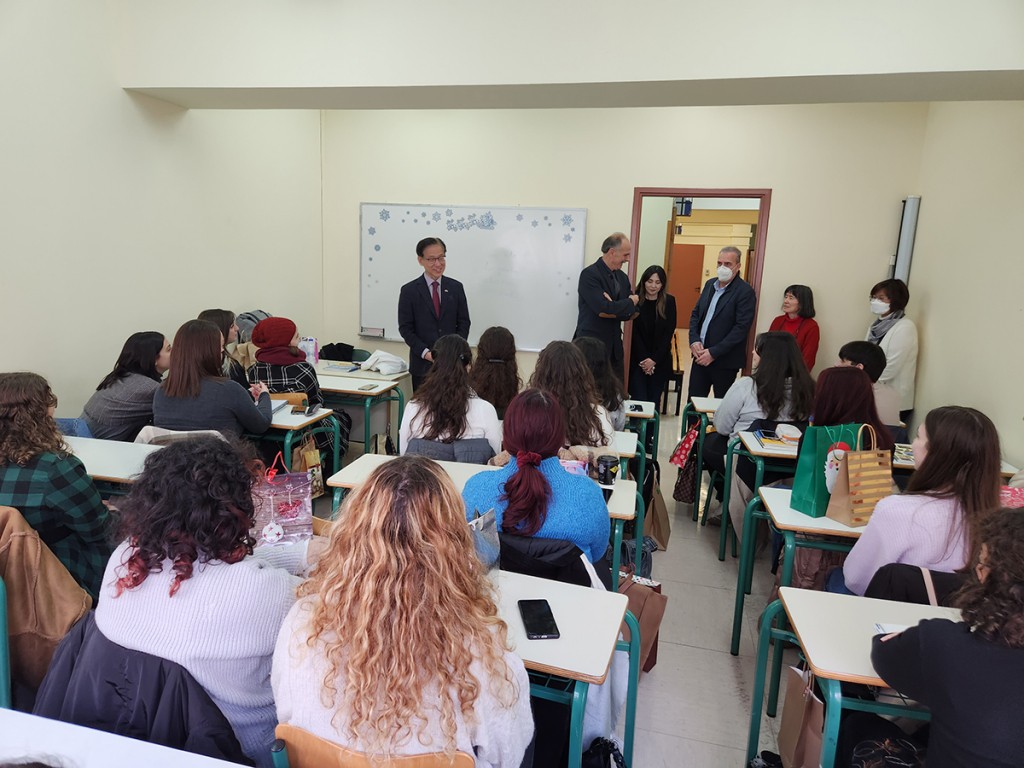

Mr Lee and the Korean language learners talked about learning Korean as a foreign language and disseminating Korean culture. The Ambassador listened intently to what the Korean language learners had to say. He then stated that the Embassy would continue to support the NKUA’s Foreign Language Teaching Centre and enrich the Korean Library (aka ‘the Korea Corner’), which opened in May 2021 and attracted numerous visitors in its first two years of activity.
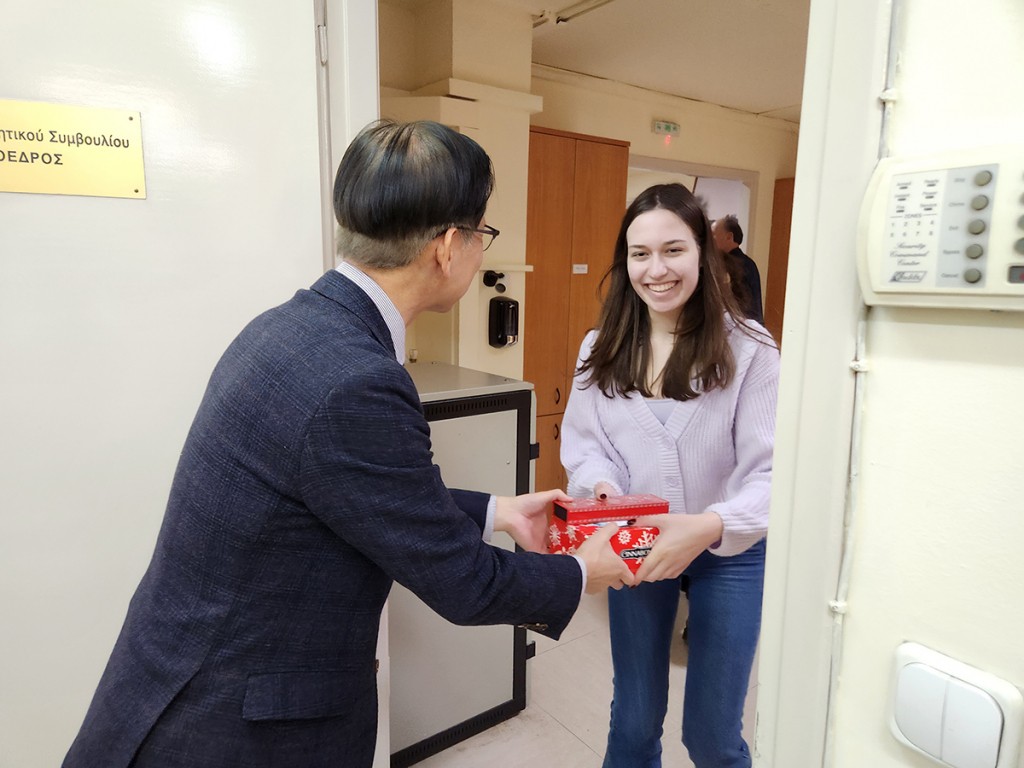
Finally, the Ambassador presented the Korean language learners with digital gadgets, pencil cases, and delectable festive treats. The pencil cases came from the National Museum of Korea’s gift shop and were paper-printed samples of the precious traditional Korean technique of lacquered wood inlaid with mother-of-pearl (nacre). Fine gifts, which combine two distinct modern Korean features: technology and restoration on one side; conservation and development of traditional Korean techniques on the other.


